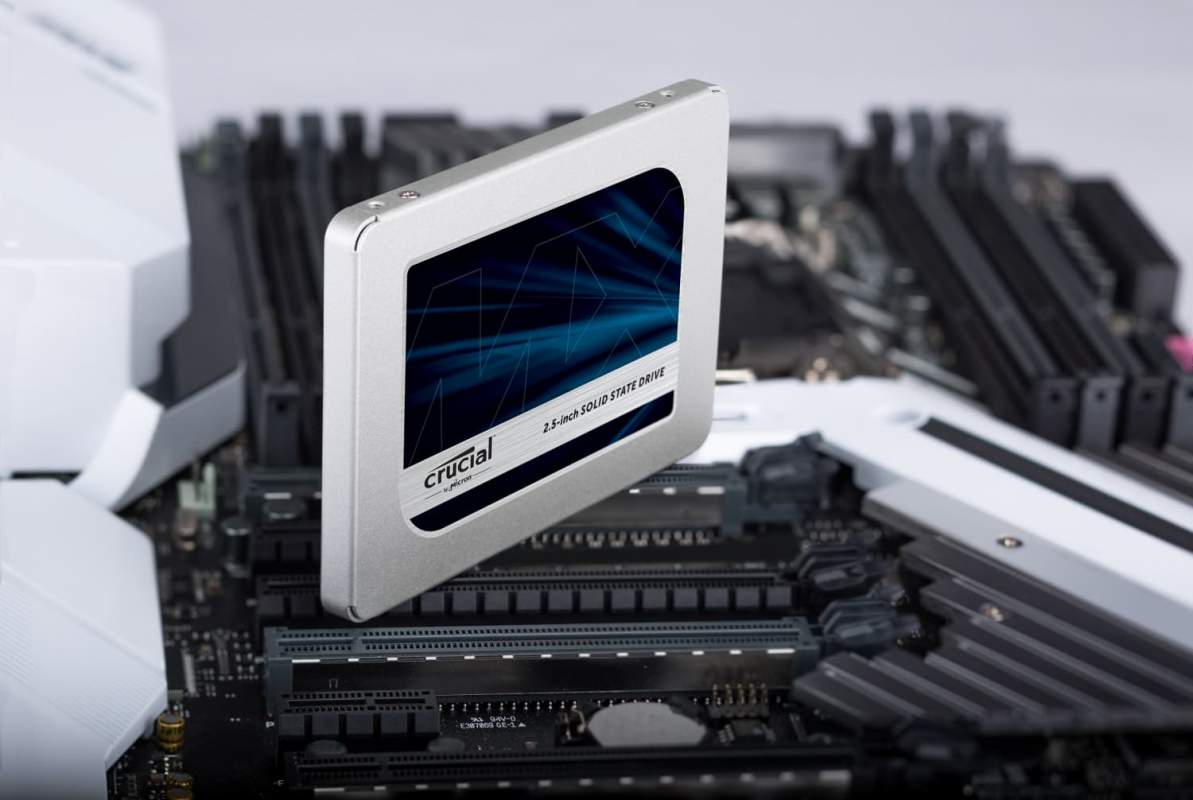You could say, Microsoft jumped a gun with Windows 11, which had problems and bugs when launched. Some of them were repaired in consequent updates, while others lasted even today. The 11 window cannot be called without defects after months of playing because some problems still survive and reported by users in the forum from time to time.
Some bugs that appear are the result of function damage at a deeper level while some prop-ups are due to anomalies in the software code. Previously we narrowed on the problem of Windows 11 and its easy repairs. Now we have explored more general problems that have disturbed users lately, and detailed solutions to make the user experience as a whole on your Windows system more smoothly for you.
Some of the users who have been upgraded from Windows 10 to Windows 11 experience reduced performance with their computer’s solid-state (SSD) drive. The Reddit community and Microsoft support forum are filled with improvement complaints that affect the SSD writing speed. According to Betanews, the decline in performance has been verified by benchmark tests such as CrystalDiskMark. The results showed a random writing speed that was better close to 50 percent of previous performance with Windows 10 with the same hardware.
Fortunately there is a very easy repair for the problem of this head scratches belonging to the official patch of Microsoft: patch of KB5007262. Updates will not be automatically pushed out to all Windows 11 systems – so it must be installed manually. Anyone who has problems with SSD speed can lead to the Microsoft update catalog and download patches. The update description says the update patches the problem with the performance of NVME, SSD, and hard drives that occur because the journal USN NTFS is activated. Apparently, the USN journal on disk C: is activated by default.
For users who increase from Windows 10 to the new operating system, annoying errors can become road barriers. We talk about error code 0x80070070, which occurs when there is no adequate space to install the settings needed on your system. It appeared mostly as an error code with a string 0x80070070 – 0x50011, 0x80070070 – 0x50012, or 0x60000 – 0x60000. Instead of removing applications and software to redeem the space, easy fix (through Windows Central) can make everything easier for you.
Deleting a temporary file from your system will (very possible) send the space you need to continue to operate your PC. To delete a temporary file from your PC, open the settings, click on the system and then click Storage. Here you will find a part called a temporary file. Click it further open the part where you can choose the temporary file that is removed. Make sure you don’t delete the “Windows Setup” temporary file or “Windows ESD installation file”, this is an OS file upgrade.
If you can’t use Chrome on Windows 11, this can be due to a number of reasons. Can be caused by compatibility problems, damaged files, or conflicting application behavior. To solve the problem, you can restart your system and check back Chrome to see if it works properly. Another go to the Google Chrome icon, right-click on it and select Properties. Then click on the compatibility tab and select Run compatibility problem solvers. With your own risk, you might also want to try deactivating the antivirus program that you have installed on the system – or Google Chrome Whitelist from its settings.
If this does not fix the problem, you might need to delete the folder that contains profile data for Google Chrome. To do this, press Windows Key + R to open the Run dialog box; Here entered “% userprofile% \ AppData \ Local \ Google \ Chrome \ User Data” and track the default folder and make a copy to the backup file. Then delete the folder. Has not succeeded? You may have to water the DNS cache (via tech guiding) by opening the terminal with the key + x shortcut button. Here type the command “ipconfig / flushdns” and press Enter.













